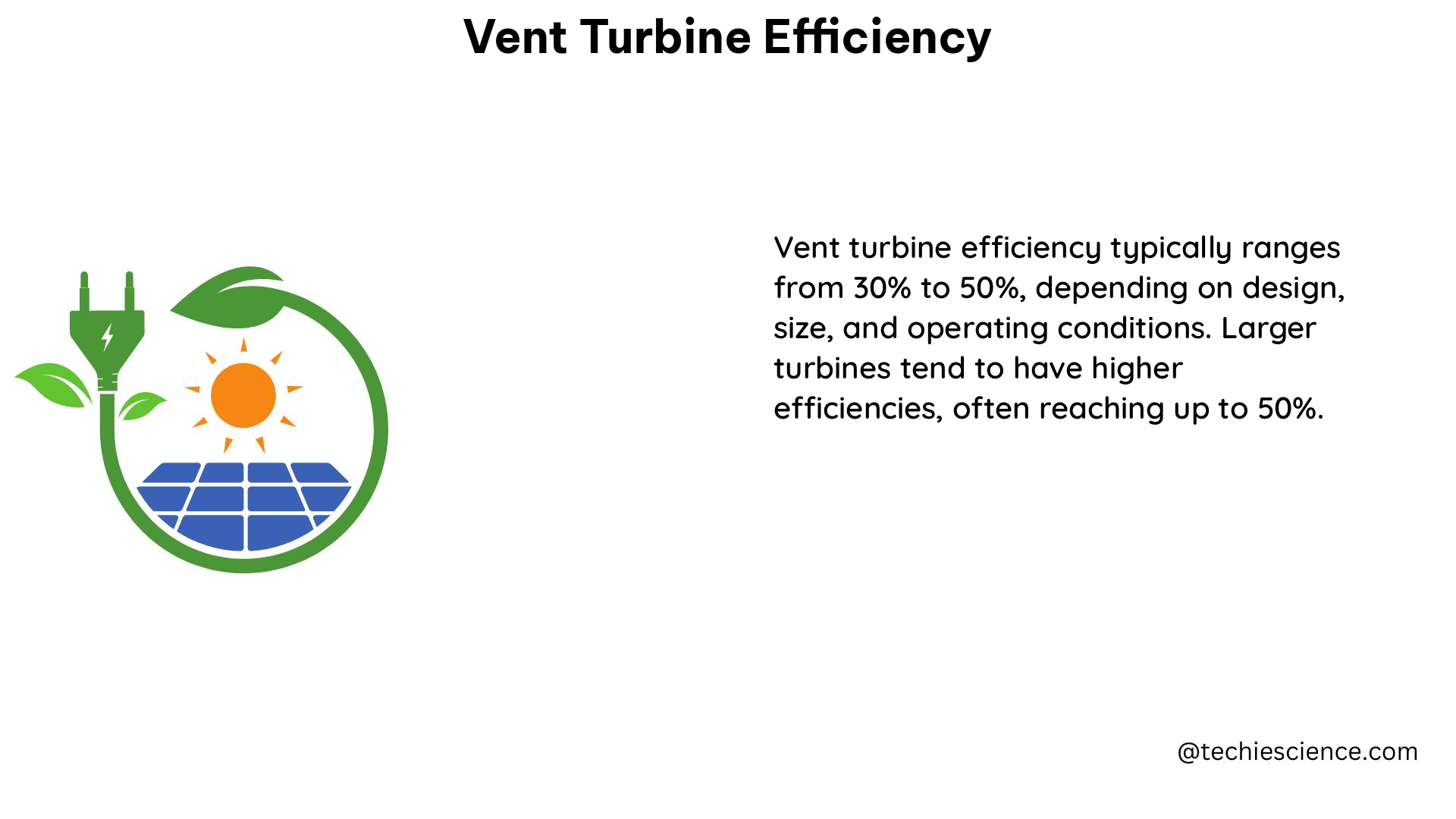Vent turbine efficiency is a crucial factor in ensuring optimal ventilation and energy performance in buildings. By understanding the various methods and technologies used to measure and quantify vent turbine efficiency, building owners, engineers, and contractors can make informed decisions to improve the overall performance of their ventilation systems.
Tracer Gas Systems: Precise Ventilation Rate Measurement
One of the primary methods for measuring vent turbine efficiency is the use of tracer gas systems. These systems involve the injection of a tracer gas, such as R220, into the attic space and the subsequent measurement of the gas concentration over time. This process allows for the calculation of the ventilation rate, which is a key indicator of vent turbine efficiency.
The tracer gas system has a resolution of 0.1 air changes per hour (ach) and can accurately measure temperatures to within 0.05°F (0.03°C). This level of precision is essential for accurately assessing the performance of vent turbines and identifying areas for improvement.
Computer-Controlled Data Acquisition Systems: Comprehensive Performance Evaluation

In addition to tracer gas systems, computer-controlled data acquisition systems have been used to evaluate the effectiveness of wind-driven turbine ventilators. These systems allow for the measurement of various parameters, including:
- Flow rate through the ventilator
- Ventilator height
- Wind speed
- Ambient temperature
- Temperatures at various points within the attic
By collecting and analyzing this data, researchers and practitioners can gain a comprehensive understanding of the factors that influence vent turbine efficiency. The study mentioned in the initial response found that the ventilator effectiveness varied depending on the wind direction and the presence of barriers, highlighting the importance of considering these environmental factors when assessing vent turbine performance.
Blade Aerodynamics and Seasonal Trends: Offshore Wind Turbine Performance
While the initial response focused on vent turbines, the principles of measuring and quantifying turbine efficiency can also be applied to larger-scale wind turbines, particularly in offshore applications. A study on full-scale wind turbine performance assessment found that blade aerodynamic modifications, such as leading edge roughness (LER), can significantly influence offshore wind turbine performance.
The study also uncovered distinct seasonal trends, with performance reductions during warmer months and improvements in colder months. This finding highlights the importance of considering environmental factors, such as temperature and weather patterns, when evaluating the efficiency of wind-powered systems.
Statistical Analysis: Distinguishing the Impacts of Maintenance Activities
Rigorous statistical analysis can also play a crucial role in quantifying vent turbine efficiency. By applying advanced analytical methods, researchers and practitioners can distinguish the impacts of specific maintenance activities, such as blade enhancements, on turbine performance.
However, it is important to note that establishing precise cause-effect relationships can be challenging due to factors such as temporal lags, seasonal biases of occurrence, and data recording inaccuracies. Addressing these challenges requires a comprehensive and multifaceted approach to data collection and analysis.
Technological Advancements and Analytical Methods
Measuring and quantifying vent turbine efficiency requires the use of advanced technologies and analytical methods. Some of the key technologies and methods employed in this field include:
-
Tracer Gas Systems: As mentioned earlier, these systems involve the injection of a tracer gas, such as R220, into the attic space and the measurement of the gas concentration over time to calculate the ventilation rate.
-
Computer-Controlled Data Acquisition Systems: These systems allow for the comprehensive measurement of various parameters, including flow rate, wind speed, and temperatures, to evaluate the performance of vent turbines.
-
Blade Aerodynamic Modifications: Researchers have explored the impact of blade aerodynamic modifications, such as leading edge roughness (LER), on the performance of offshore wind turbines.
-
Rigorous Statistical Analysis: Advanced statistical methods, such as the kernel plus method, can help distinguish the impacts of specific maintenance activities on turbine performance.
-
Seasonal Trend Analysis: Understanding the seasonal trends in turbine performance is crucial for optimizing the efficiency of wind-powered systems.
By leveraging these technologies and analytical methods, building owners, engineers, and contractors can gain a deeper understanding of vent turbine efficiency and make informed decisions to improve the overall performance of their ventilation systems.
Conclusion
Measuring and quantifying vent turbine efficiency is a complex and multifaceted process that requires the use of advanced technologies and analytical methods. From tracer gas systems to computer-controlled data acquisition systems, building professionals have a range of tools at their disposal to accurately assess the performance of vent turbines.
By understanding the factors that influence vent turbine efficiency, such as wind direction, environmental conditions, and maintenance activities, building owners and professionals can make informed decisions to optimize the performance of their ventilation systems. As technology continues to evolve, the field of vent turbine efficiency measurement and quantification will undoubtedly become even more sophisticated, enabling even greater improvements in building energy efficiency and indoor air quality.
References:
- EVALUATION OF THE PERFORMANCE OF ATTIC TURBINE VENTILATORS. (n.d.). Retrieved from https://www.aivc.org/sites/default/files/airbase_6509.pdf
- Full-Scale Wind Turbine Performance Assessment: A Study of … (n.d.). Retrieved from https://wes.copernicus.org/preprints/wes-2024-21/wes-2024-21.pdf
- A kernel plus method for quantifying wind turbine performance … (2014). Retrieved from https://onlinelibrary.wiley.com/doi/10.1002/we.1755

The lambdageeks.com Core SME Team is a group of experienced subject matter experts from diverse scientific and technical fields including Physics, Chemistry, Technology,Electronics & Electrical Engineering, Automotive, Mechanical Engineering. Our team collaborates to create high-quality, well-researched articles on a wide range of science and technology topics for the lambdageeks.com website.
All Our Senior SME are having more than 7 Years of experience in the respective fields . They are either Working Industry Professionals or assocaited With different Universities. Refer Our Authors Page to get to know About our Core SMEs.